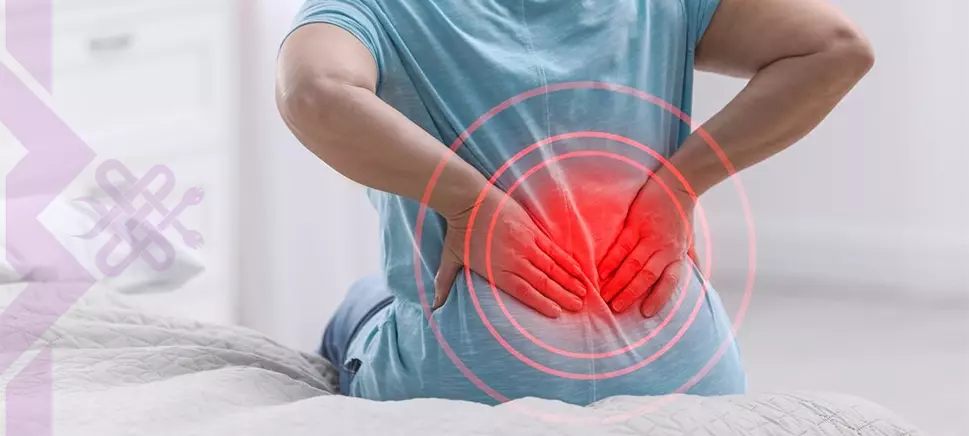What is a Slipped Back (Listhesis)?
-
 18 July 2023
18 July 2023
-
 Maltepe Hospital
Maltepe Hospital
- Neurosurgery

What is a Slipped Back (Listhesis)?
Table of Contents
- What is a Slipped Disc (Spondylolisthesis) and How Does It Occur?
- What are the Symptoms of Spondylolisthesis?
- How is Slipped Back Treated?
- Which Diseases are the Harbingers of Persistent Low Back Pain?
Spondylolisthesis (Listhesis) If there is a slippage on the vertebrae, the straight line on these vertebrae is disrupted.
What is a Slipped Disc (Spondylolisthesis) and How Does It Occur?
We have bones that carry us, which we call the spine. The inner surfaces and outer surfaces of these bones go in a line and follow each other so that they are on top of each other. If there is a slip on these vertebrae, the straight line on these vertebrae is disrupted. As a result, one vertebra becomes more prominent than the other. This is basically what is called a slipped back.
As a result of this slippage, our spinal cord, which passes behind this spine, is compressed and sensations such as pain, numbness and burning occur in both legs. We often have to stop while walking. This slipped back can be congenital, but it can also be the result of a fall, an accident or a heavy birth. As children, we have usually all fallen in some way. Such accidents can cause a slip in the lower back. This slip may remain fixed for a lifetime or become mobile at some point in our lives. Especially after menopause in women or after osteoporosis in men, this slippage becomes active and starts to become more mobile.
What are the Symptoms of Spondylolisthesis?
The most typical symptom of slipped disc is feeling the need to stop frequently while walking. While walking, we suddenly feel a pain in our legs and we have to stop. After a little rest, we can easily walk again.
Stopping for very short periods of time while walking is a sign of a canal stenosis in the lower back. Canal stenosis is a condition that usually occurs with a slipped back.
In addition, numbness and burning in both legs caused by prolonged standing or prolonged sitting can be a symptom of a slipped back.
Frequent cramps in the legs at night and frequent stiffness may also be a symptom of slipped back.
How is Slipped Back Treated?
After the slipped back is detected, it is checked whether this slipped back is mobile or not. If the slipped back has occurred and is immobile, it does not necessarily need to be intervened. But if the slipped back is mobile, the patient must undergo surgery. Otherwise, this mobile slipped back will prevent the patient from walking completely after a while and may make the person dependent on his/her home and chair, and if it progresses further, it will have undesirable consequences such as loss of sexual power or urinary incontinence.
Slipped back surgery is one of the most feared surgeries. In these surgeries, popularly known as platinum surgery or screw surgery, the risk of disability and paralysis has been completely eliminated thanks to developing technology and robotic surgery. Thanks to this technology, where the screw should go is planned in advance and the screws can be sent accordingly. Thus, patients who will undergo this surgery can undergo surgery extremely comfortably and without the risk of disability or paralysis.
Which Diseases are the Harbingers of Persistent Low Back Pain?
Especially in chronic low back pain, an organic cause should be sought. Osteoporosis in the elderly, some of these osteoporosis may develop spinal fractures called compression fractures. These spinal fractures can be caused by a number of diseases.
Some of these can be detected by blood tests, medical examinations and some imaging techniques. It is necessary to be much more careful especially in low back pain over the age of 60 and in low back pain under the age of 12.
Low back pain in the elderly is usually caused by osteoporosis and calcification. In young people, on the other hand, mechanical low back pain is more common due to misuse.









